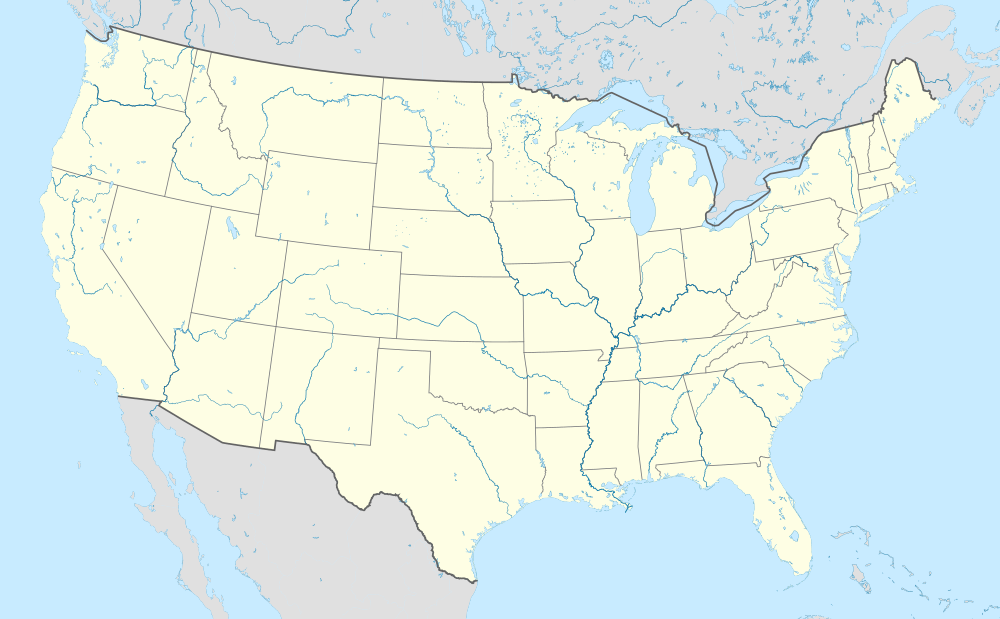
In college football, the Group of Six conferences (G6) are the six athletic conferences whose members are part of the National Collegiate Athletic Association's (NCAA) Division I Football Bowl Subdivision (FBS) who are not counted amongst the power conferences, who are granted a degree of autonomy from certain NCAA rules. [1] In collegiate sports other than football, the conferences are collectively known (along with the entirety of the Championship Subdivision and the Division I colleges who do not sponsor varsity football) as mid-majors.
Contents
The five original conferences, known as the Group of Five conferences (G5), are the American Conference (American), Conference USA (CUSA), Mid-American Conference (MAC), Mountain West Conference (MW) and Sun Belt Conference (SBC). The Pac-12 Conference – which was formerly a power conference – is considered to be a de facto member of the group since a realignment in the early 2020s saw it lose its autonomy status after all but two of its original members left for other power conferences. [1] [2] In addition, two schools compete in FBS as without affiliation in football, but only one of them (UConn) is considered part of the group.
The group conferences and their schools are generally considered less prestigious, have less political and financial influence, and generate less overall revenue; a 2016 ESPN analysis found the conferences generated a third of the revenue that the power conferences did. [3] As a result, the conferences are perceived to have a lower quality of play, although their teams are known to cause upsets.
Between 2014 and 2023, at least one group team was guaranteed access to one of the New Year's Six bowl games. [4] In 2021, the American's Cincinnati Bearcats were the first team to play in the College Football Playoff (CFP), and were the only team to do so under its four-team format. Beginning in 2024 season, at least one group conference champion is effectively guaranteed entry to the College Football Playoff under an expanded 12-team format. [5]

